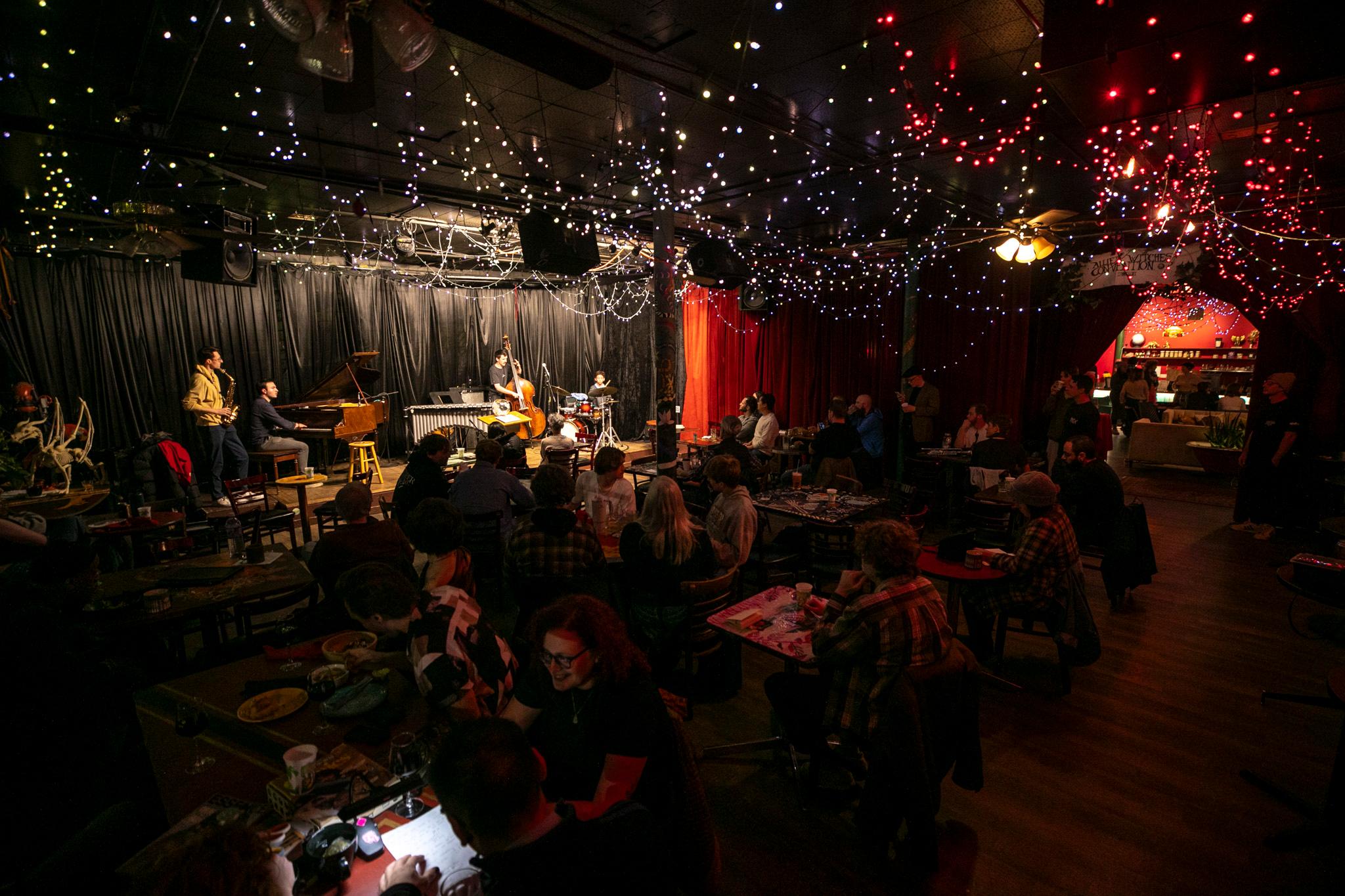Denver Mayor Mike Johnston, who pledged to end homelessness by the end of his first four-year term and house 1,000 people living on the streets by year's end, now has a dashboard and thermometer to track how well he's doing getting people off the streets and indoors.
Many of the people Johnston is counting as part of his House1000 effort are still experiencing homelessness by federal standards. Even so, they are included in the mayor's metrics for measuring success.
Here's how the city billed the dashboard and thermometer in a statement: "The City and County of Denver announced today the launch of a new housing and shelter progress dashboard designed to provide real-time insights to the public into our commitment to housing 1,000 individuals by the end of 2023. This transparent and interactive tool will be updated daily and offer a comprehensive overview of the City and County of Denver efforts and outcomes, making it easier for stakeholders and the community to track our progress toward this vital goal."
Johnston has said his big plan is to house people living outside and permanently "decommission" encampments -- preventing these tent cities lining Denver's sidewalks from forming again.
But anyone who was homeless on the streets who secured housing through the city and lives indoors for at least 14 days will have received what Johnston is considering a "housing outcome," explained Clarissa Boggs-Blake, a manager with the Office of Emergency Management's Joint Information Center, in an email to Denverite.
If people return to a tent from a shelter after 14 days, they will still be considered a part of the 1,000 people housed.
As of Monday, 101 people have had "housing outcomes," according to how Johnston currently defines them. Basically, they are no longer living outside -- at least, for the next couple of weeks.
Of those, five people have obtained "permanent housing" and 35 people have rental units.
Another 12 people have been "permanently" reunified with family or friends and two have been "temporarily" reunified. These people may have a room in those homes. They may also be living on a couch or on the floor.
"Outreach teams and homelessness services providers routinely work to reunite people experiencing homelessness into a housed outcome with other family members or friends," explained Boggs-Blake. "Communication is made with the third party to ensure there is an actual housing setting for the individual to go to."
Does the city vet whether those homes are safe from domestic violence or addiction?
"We recognize that each person has autonomy over their own situation, and we work with people to help them choose the best situation for them at that time," Boggs-Blake wrote. "While we do not screen specifically for domestic violence or addiction as it may relate to placement, if clients raise these issues we work with them to help identify the best outcome."
There are 18 people who have taken shelter in micro-communities, eight in motel or hotel conversions, and 23 have "other sheltered outcomes," which include bridge housing, transitional housing or other shelter options.
None of these are considered "housing" by federal standards and none of these so-called "housing outcomes" guarantee a person will be permanently housed.
"Providing these alternate shelter locations -- you know, micro-communities, hotels, pallet shelters, whatever they are -- are safer places than sleeping on the streets, and that's a good thing. But they're not housing," Cathy Alderman, a spokesperson for the Colorado Coalition for the Homeless, told Denverite.
Yet Johnston counts putting a person in a group shelter designed for emergencies and not multi-month stays as part of his House1000 accomplishments.
"Congregate shelter is very necessary, and it serves a very important role in the homeless response system," Alderman said. "But it's not housing, and I don't think that congregate shelters would say that they're housing."
Is it fair for Johnston to include them in his House1000 metrics?
"The language is a little misleading," Alderman said.
Here's how Johnston's definition of "housing outcomes" differs from the bar set for housing by the federal Department of Housing and Urban Development.
Literal homelessness "is living in a publicly or privately operated shelter designated to provide temporary living arrangements (including congregate shelters, transitional housing, and hotels and motels paid for by charitable organizations or by federal, state and local government programs)," according to HUD.
The motels, hotels, pallet shelters, and group shelters Johnston's counting as housing don't meet the federal government's criteria and don't ensure people a permanent home.
During his campaign, Johnston touted the importance of ensuring people have housing with a lock, a key and an address they can use on a job application. That is not the case in many of the scenarios which count under his emergency declaration.
Will there be tracking of the long-term success of these housing programs?
"Unconfirmed at this point," noted Clarissa-Boggs. "The city is trying to determine feasibility from a cost and research capacity perspective."
The administration is building a ton of new shelter options.
Johnston's administration says it has 1,395 units in the "housing pipeline." Of those, his administration has acquired 195 units in a hotel and 200 micro-community units. The city's in the process of procuring another 300. In total, Denver is "investigating" leasing 200 units and converting 500 units in hotels and motels.
The total budget for this project, this year alone, exceeds $48 million.
Even the mayor's office acknowledges temporary shelter is not housing.
"We recognize that shelter is not housing," explained Boggs-Blake. "The dashboards show transparency of how we are making progress at getting 1,000 individuals off the streets and indoors. 'Housing for all' is a value of the Johnston administration, and for individuals who are placed into shelter, our work continues to connect them with permanent housing."
How Johnston will put that "housing for all" value into action is unclear to many longtime homeless advocates, even as he spends millions on his high-profile, temporary emergency response.
"What we're fearful of is that we may be diverting too many resources to emergency interventions that could be used for long-term housing," Alderman said. "And it's always a balance, and it's a really difficult one."













